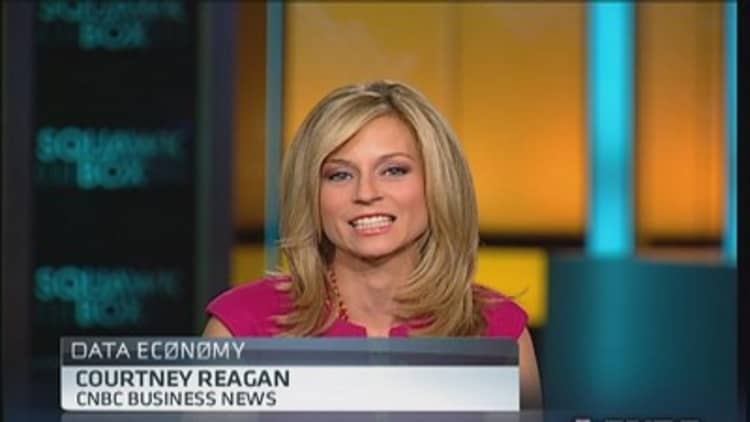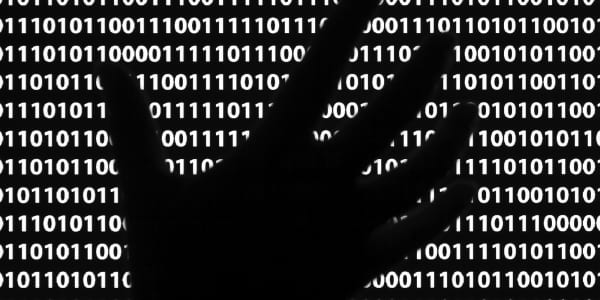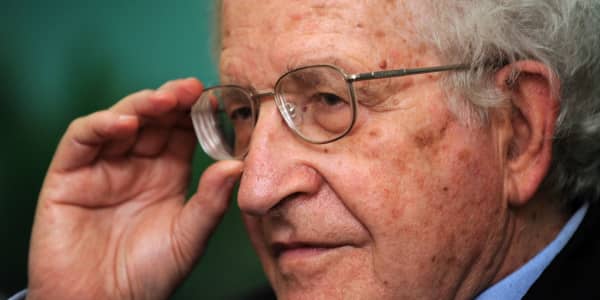Facebook friends might not really be friends—they may barely qualify as acquaintances—and sometimes they can be absolute strangers.
Social media users with a network of 1,000 or more friends may come to a point when they find themselves scratching their heads as they scroll through updates, wondering who some of these friends are, and how they know them.
Jon Kleinberg, a computer science professor at Cornell University, teamed with Lars Backstrom, a senior engineer at Facebook and former Ph.D. student of his, to conduct a study that that examines methods of categorizing the different roles that people play in each other's lives. What better platform to start with than Facebook—where people are virtually bombarded by "friends'" daily updates.
"It's clear that when you go online you're faced with a huge amount of information and a huge array of potential connections," Kleinberg said. "If you think about how people share social media, your friends are collectively producing more content than you can consume in one day."
(Read more: 10 surprising ways companies are using your data)
The study sampled nearly 1.3 million Facebook users over age 20 who had 50 to 2,000 friends and listed themselves as being in a relationship in their profiles. It aimed to best single out significant online relationships in a realm where having dozens of mutual friends with someone you've only met in passing is the norm.
Abbas Alidina, CEO of CrowdBabble, a social media analytics firm that manages Facebook and Instagram accounts for companies, said the study's methodology would be interesting to apply to brands.
"You could just switch out humans for brands and see how connected they are, find potential patterns and use that to target more customers," Alidina said.
Embeds
Embeddedness—the number of mutual friends that two people share—was the standard for measuring a relationship, but it fails to give insight into the strength of a romantic relationship.
You could just switch out humans for brands and see how connected they are, find potential patterns and use that to target more customers.Abbas AlidinaCrowdbabble CEO
Kleinberg and Backstrom's study dug a little deeper, and used "dispersion," a method that analyzes the diversity of mutual friendships to determine the strength of a relationship.
The concept behind dispersion is that members of a strong relationship will share mutual friends, but from various and far-reaching parts of each other's lives. Co-workers, for example, have a cluster of mutual friends—but from the same social circle, and that doesn't necessarily indicate a strong relationship.
(Read more: Big data, before there was big data)
Filtering users' content by using algorithms that utilize this method of dispersion instead of embeddedness could help social media platforms deliver content that's going to be interesting for the user and more tailored toward informing them about people that they are actually close with, not just embedded with.
"We're always trying to do a better job understanding what people care about," said Backstrom, who works as an engineer on News Feed, which updates users with their friends' Facebook-related activity. The methods explored in the study aren't being used in Facebook's News Feed.
(Read more: Newest FDA drug review panel: Your search data)
How to win friends and influence brands
It could probably be significant for Facebook's pitch to advertisers, a key to the site's continued growth. Third quarter advertising revenue at Facebook was $1.08 billion, a 66 percent increase from the year ago quarter. Ads are even more vital to Facebook's business model as it's image-sharing app, Instagram, starts to roll out integrated advertisements in select locations. Facebook stated in its 10-K that teen users are exhibiting a trend of leaving Facebook for other social media platforms, including Instagram.

Instead of bombarding users with advertisers left and right, Facebook is working on targeting users that are most likely to click—or engage—with ads. Engagement is the top metric for ad performance, the holy grail for online advertisers. Online marketing capitalizes heavily on people's social media connections to advertise and understand characteristics of target markets, such as identifying influencers, which is key when doing business in the online arena.
Better insights into the significance of relationships in social networks can likely help marketers estimate a customer's brand loyalty as well as make it easier to target potential customers.
(Read more: 10 strangest data findings you need to know)
According to Nielsen's annual Global Trust in Advertising report, 84 percent of consumers say they trust brand recommendations from friends—what Nielsen refers to as "earned advertising"—which frequently occurs on social media networks such as Facebook.
Marriage in brand name only
The study's approach is similar to Facebook's Custom Audiences service, which allows for advertisers to import databases of customer email addresses and phone numbers for Facebook to analyze and match with user profiles. Facebook then gives advertisers additional users to target, whose profiles show similar interests to the users in their database. "This would add another dimension to that," Alidina said. "Just replace one person in the relationship with one brand. The brand on Facebook is just like a person, you connect with the brand and interact with it," he said.
In theory, Facebook information can tell you: Here is Individual X and here is a product he likes, let's say Jell-O, and here are other users who like Jell-O. What do they have in common? Do they live in New York? Use apps like Farmville? Maybe fans of a brand also like Nike and Target, and if you can find more people who meet similar characteristics, "that could be powerful for brands," Alidina said. It could be an extension of the Custom Audiences feature, because it is similar in concept, he said.
Bill Mulligan, the CEO of online advertising agency drinkcaffeine, is less impressed by the potential in the new Facebook study, arguing that it didn't illuminate profound revelations on relationships that marketers and advertisers haven't already been privy to. "Nothing earth shattering," Mulligan said. "There isn't really anything new in the overall understanding of human interaction," Mulligan said. "Although, dating sites would love this type of analysis."
Yet Alidina said discovering nothing new about human interactions is sort of the point; it's discovering how to use those old relationship standbys via social media data. "It feels like everything that has happened on Facebook first starts just with users and then they take the same features and apply to brands," the Crowdbabble CEO said. First, users only had a personal profile, but now they also have a brand profile.
"At the end of the day, this is social science, finding patterns between the way people behave and how they find partners. You can take these same findings and apply to brands," he said. "I know it's theoretical right now, but I think there is lots of power for brands."
—By Matthew Creegan, special to CNBC.com




